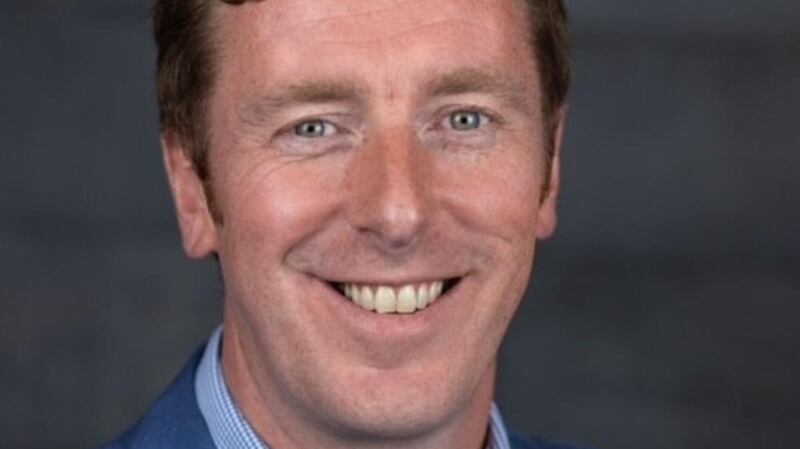You work in health innovation, how did you develop an interest in that?
My background is in computer applications and business, quality and regulation. Where the health innovation really started was with Shimmer Research, where we used technology licensed from Intel in a wearable sensor that is used to track how a person's body is moving in real time, to help patients, clinicians and researchers.
Your latest venture is HealthBeacon, tell us about that.

We are looking to help people who take injectable medication at home to keep taking their medicines as prescribed.
Non-adherence to medication is a recognised problem, where patients for whatever reason don’t take medicines at the appropriate time or intervals – or maybe they stop taking them altogether. At HealthBeacon we developed a smart sharps bin and app to keep track of the the waste after someone has injected their medicine at home.
How does it do that?
It automatically takes a time-stamped photo of the waste going into the bin, and from that we can learn a lot about the pattern of medication adherence.
How has research shaped the technology?
When we were designing the technology, we spoke with a lot of patients with long-term conditions about how they manage that injectable waste, and it was a surprise to learn that really nobody had asked them about that before. But patients had a lot to say about it when asked.
Like what?
They didn’t like the typical bright colours and warning signs on the bin, or having to look into the sharps bin when throwing out the needle. Patients also wanted help in keeping track of where they are injecting, so that one body site is not being overused. We were guided by what the patients said when we designed the bin and app.
What else has jumped out for you from research?
We were able to show a 26 per cent increase in adherence after 12 months and a 19 per cent increase in persistence, or patients continuing with the medication as opposed to stopping it themselves. Intuitively we felt the technology would have an impact, but having just published our sixth peer-reviewed study it is amazing to see the data, and nice to be able to show it.
And what direction are you looking at now?
We are collaborating with clinicians who can see that having this objective and ongoing information about patients taking their medication would be useful.
Also you can see results early, we start to see patterns emerging in weeks. We are very focused on research now, we want to know how much our technology has an impact on clinical outcomes, and also to find out if there are areas where it has less impact, that is good to know too.
What trends are you seeing in health research now?
I think the pandemic has been a big reset, and I find there’s greater willingness among people to work together on research, which is good.
The company is in a very busy phase of growth – how do you get some headspace?
When I can, I try to get up early and go for a run around our local park in Clontarf before the kids wake up. That way I get home for breakfast and I'm there to help with the school run. It's a great way to start the day, it gives you lots of energy.








